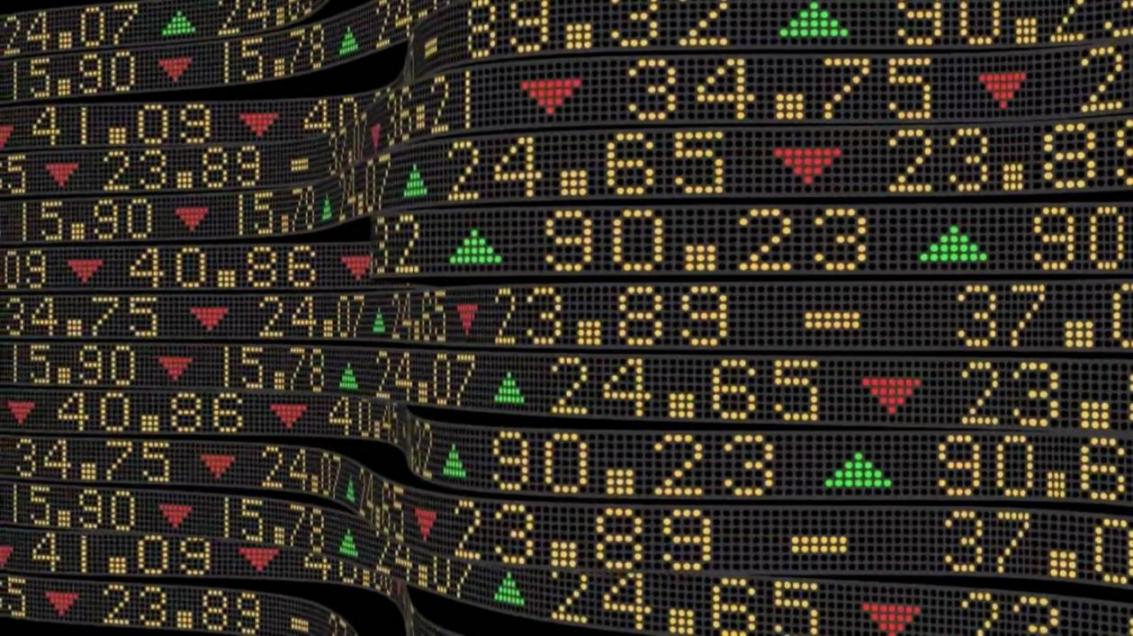Prevailing concerns over the sluggish economy were accompanied by a fresh downbeat performance at Tehran Stock Exchange, with TSE benchmark piling up more losses to record a third consecutive trading week in red.
All indices weighed on TEDPIX during the week that ended June 2, with the financial index leaving the most negative impact on the benchmark.
Disappointing reports on the earnings of listed companies have led to massive retreats at the equity market over the past year. However, the historically low average Price-Earnings Ratio and the vast investment opportunities in the diverse industries listed in TSE have been absorbing fresh inflows into Iran’s frontier and emerging market.
According to TSE data, TEDPIX lost 112 points or 18 percent to end at 63,289.8. The first market index ticked down 73 points or 0.16 percent to 45,653.6. The second market index slumped 284 points or 0.24 percent to stand at 130,659. The free float index shed 134 points or 0.18 percent to 72,500.2. The industrial index edged down 20 points or 0.04 percent to 52,187.6. The financial index plummeted 1,147 points or 0.85 percent to 132,264.1 and the blue-chip index was down 15 points or 0.51 percent to 2,891.
More than 1.46 billion shares changed hands, valued at close to $73.6 million, to post 19.8 and 43.7 percent retreat in trade volume and value respectively.
Erosion of profitability is draining the equity market while adversely affecting the investor sentiment, with both institutional and individual investors losing interest in shoring up their portfolios. But, the growing optimism about a comprehensive nuclear accord between Iran and the P5+1 (the five permanent members of the UN Security Council plus Germany) and a removal of western economic sanctions imposed over Iran’s nuclear energy program has been enticing international fund managers, many of whom have already visited Iran in recent months to gear up for the post-sanctions era.
Untapped Market
With more than 77 million, Iran has the second largest population in the Middle East and North Africa after Egypt, according to the World Bank data. It also has the fourth largest oil reserve in the world and the largest natural gas reserve, according to data from BP.
With a market capitalization of about $106 billion, about 500 listed companies and average daily trading of about $80-$100 million, Tehran Stock Exchange is about the same size as that of Dubai’s. It is currently trading at about five times earnings, against 10.5 times for the MSCI (Morgan Stanley Capital International) Frontier Markets index, and provides dividends in the low teens.
The opening up of Iran’s economy following a nuclear agreement is most likely to be accompanied by an economic boom, price hikes at TSE and proceeding with the execution of numerous unfinished projects that have been halted due to shortage of funds.
Iran’s equity market has 37 listed industries directly involved in it, offering international investors many options to hedge their bets.
Some giant listed industries at the equity market include petrochemical, refining, automotive, mining, banking and insurance. While the global slowdown, sanctions and lingering credit crunch currently dampen the performances of these industries, market analysts believe a trigger could dramatically change their performances.
However, with the evaporation of gains and the fact that many of the formerly high-yielding companies’ shares are being traded below their intrinsic values, well-versed investors can obtain higher-than-expected returns, provided they hunt for bargains on time.


